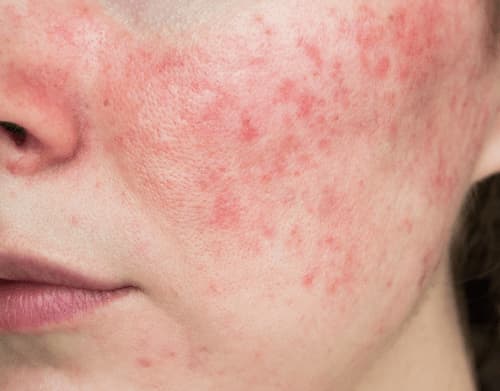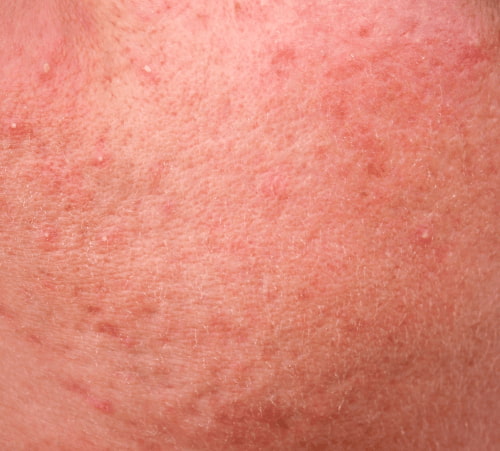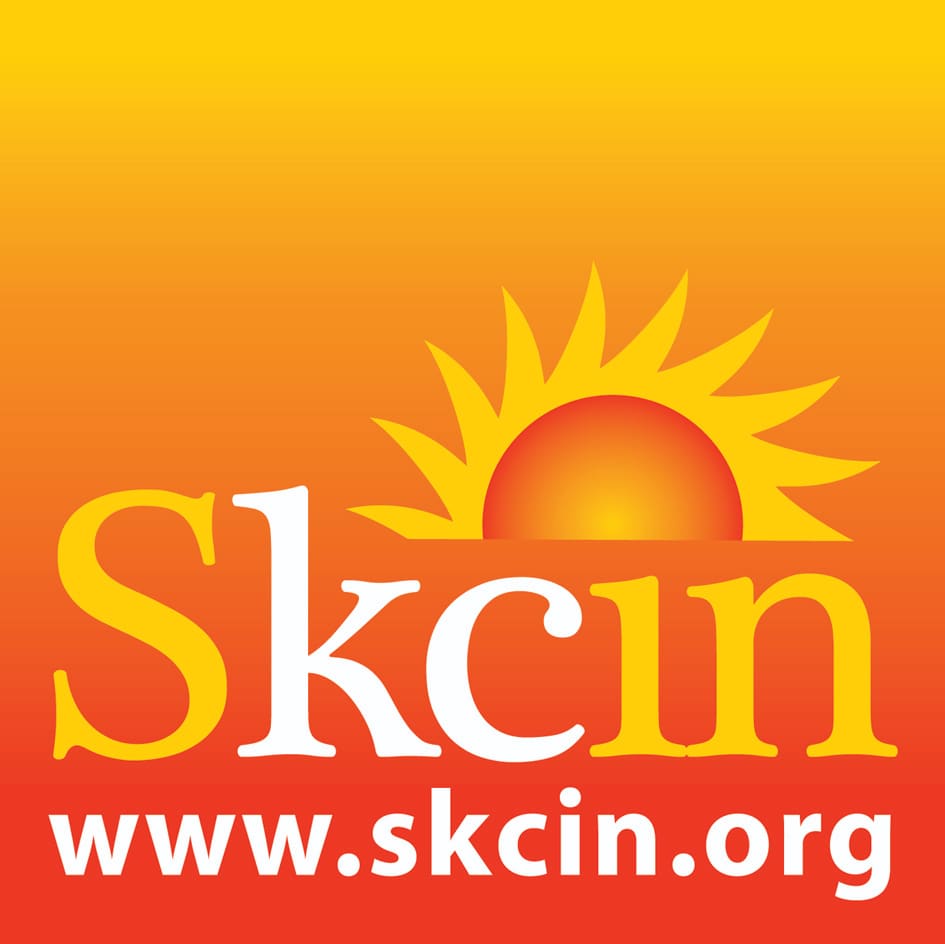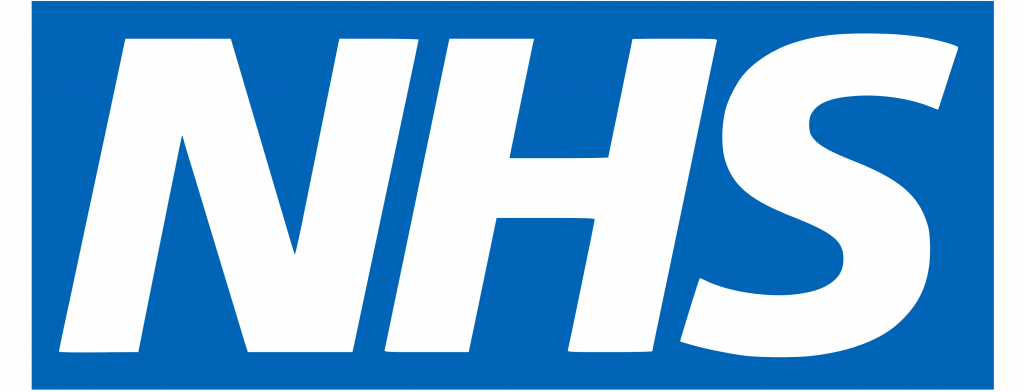What is rosacea?
Rosacea is a common skin condition, that predominantly affects fair-skinned individuals aged 30 to 60 years of age. Rosacea usually develops on the central face but can occur at other sites including around the eyes (periocular rosacea), around the mouth (perioral rosacea), scalp and occasionally the chest. It is occasionally localised to one side of the face. It can present suddenly at any time of life and resolve with treatment. In others it can be a chronic condition with repeated flares requiring maintenance treatments.
The clinical features include redness of the affected skin on the cheeks, forehead, chin and nose, that can be slightly itchy, and is often followed by the development of small, red, inflamed spots. In more persistent cases the redness becomes more fixed and can be accompanied by dilated superficial blood vessels called telangiectasia. Some patients also develop inflammation of their eyelids (blepharitis) and slight redness of the conjunctiva of the eyes. Eye symptoms are often subtle but some patients have severe blepharitis.

Inflammatory rosacea
Inflammatory rosacea is the most common type, characterised by small, red spots and the occasional pustule (white head). In early stages, the skin may be itchy, and it is not uncommon to see patients prescribed a steroid cream by their primary care doctor as the features can resemble eczema. We call this steroid-induced rosacea when the skin appearances are made worse by application of a steroid cream.

Treatments for inflammatory rosacea
A combination of treatments may be necessary to treat rosacea as the underlying causes may be multi-factorial. This can include use of topical creams and oral antibiotics.
Diet
Spicy foods, alcohol, and caffeine may exacerbate the redness seen in patients with rosacea. Published medical studies have not shown any specific foods linked to causing rosacea.
Lymecycline and other oral antibiotics
More severe types of rosacea or acute episodes often need treatment with an antibiotic for 6-12 weeks. The tetracycline group of medicines are most effective and include lymecycline, oxytetracycline, and doxycycline. Erythromycin is another commonly used antibiotic if individuals are allergic.
High-factor sunscreens SPF>30
Many patients flare with sun exposure and use of a high-factor sunscreen is beneficial in some but not all patients.
Isotretinoin
Isotretinoin is an anti-inflammatory medication that can be used at a low-dose to treat severe forms of rosacea that is unresponsive to other treatments.
Anti-redness creams
Facial creams containing green pigment help to hide the redness. Liquorice extracts may also be anti-inflammatory. Eucerin® anti-redness cream contains both of these substances.
Intense pulsed light and KTP vascular lasers
More severe types of rosacea or acute episodes often need treatment with an antibiotic for 6-12 weeks. The tetracycline group of medicines are most effective and include lymecycline, oxytetracycline, and doxycycline. Erythromycin is another commonly used antibiotic if individuals are allergic.
Soolantra® cream
– once daily for 8-16 weeks
This cream has anti-inflammatory properties and has been shown to be very effective as a treatment.
Mirvaso® gel
Redness may be improved by application of a gel called mirvaso® which constricts superficial blood vessels when applied for 6-8 hours. It is not a cure and some patients experience a rebound redness.
Metronizadole cream
– twice daily
Metronizadole is a topical antibiotic that has been used for many years as a treatment. There are several different preparations is use including metrogel® and rosex® gel being the most popular in the UK. They need to be applied for many weeks to be effective.
Cosmetic camouflage
Changing Faces provide a helpful advisory service about the application of green tinted mineral make-ups to hide the redness.
They can be contacted as follows: www.changingfaces.org.uk
Rare complication of rosacea: rhinophyma
Very rarely the sebaceous grease glands may enlarge on the nose in chronic forms of rosacea. This is most commonly seen in men and is rare in women. Over a number of years, the tissues become thickened and bulbous. Many patients also have active inflammatory rosacea pustules on affected sites with red spots and some pustules.
This condition can be treated by a combination of shaving the excess skin and lasers, which ablate the skin surface to make it smooth. Skin specialists specialising in lasers and surgery can offer this treatment although it is not routinely funded in the NHS.




